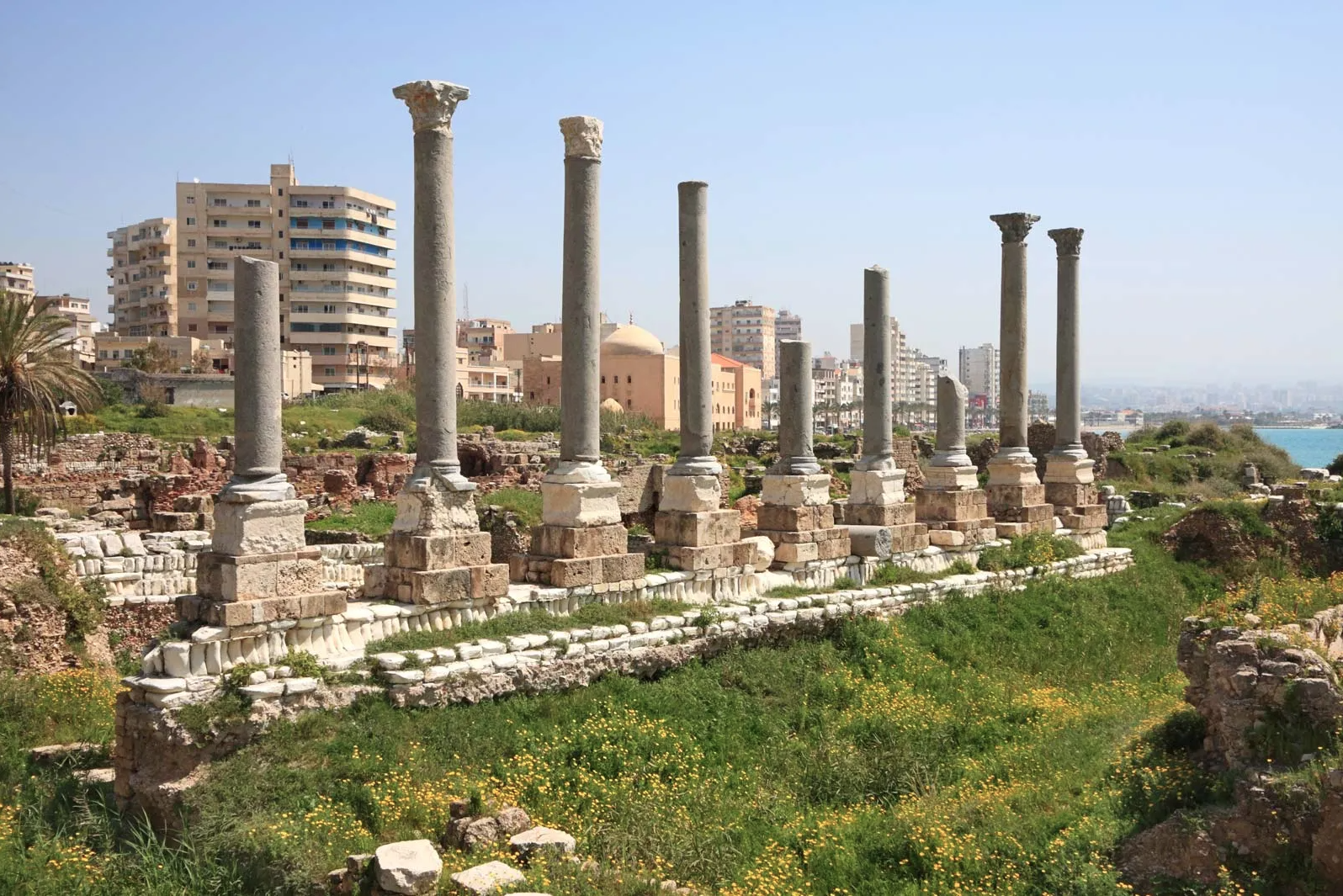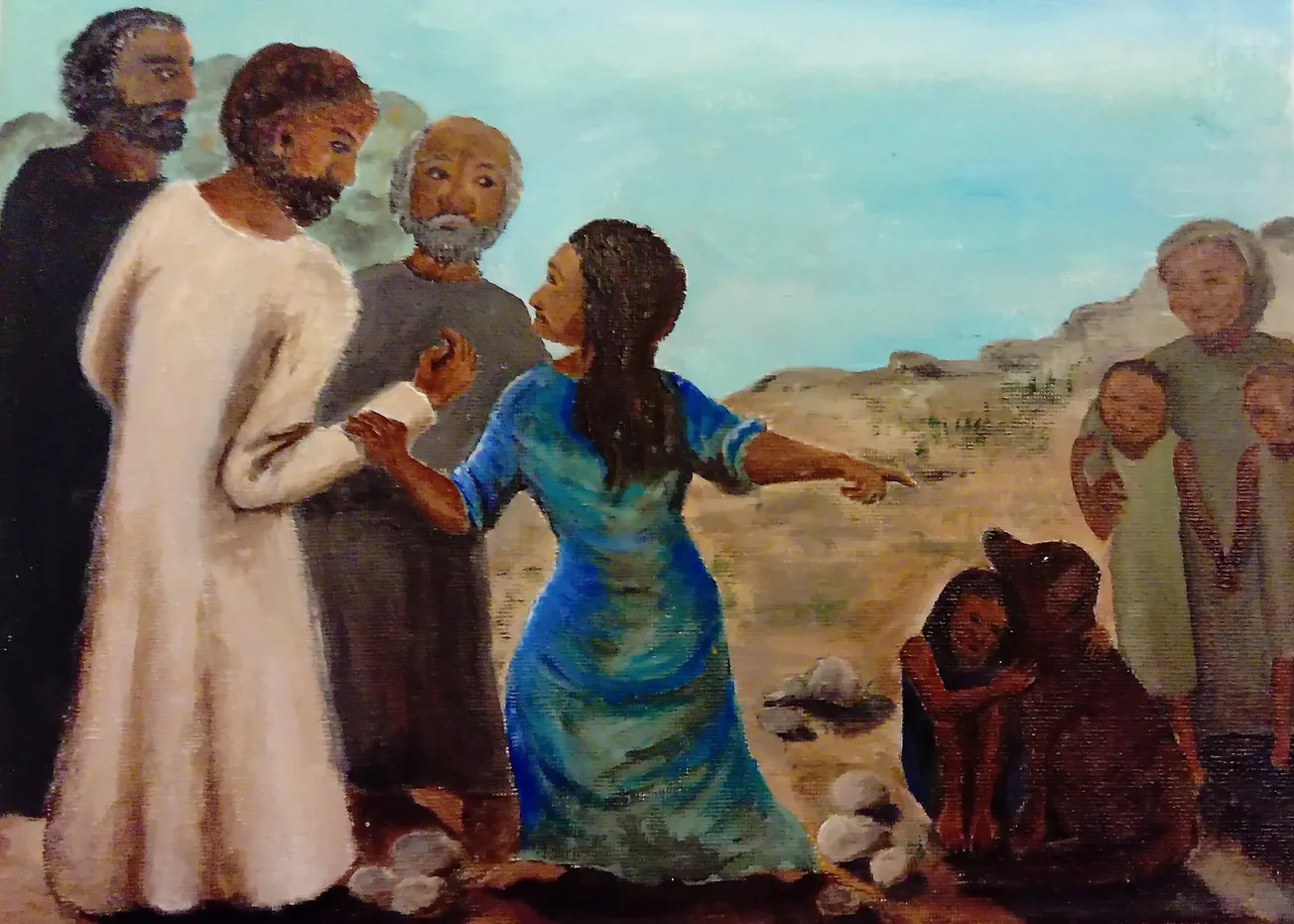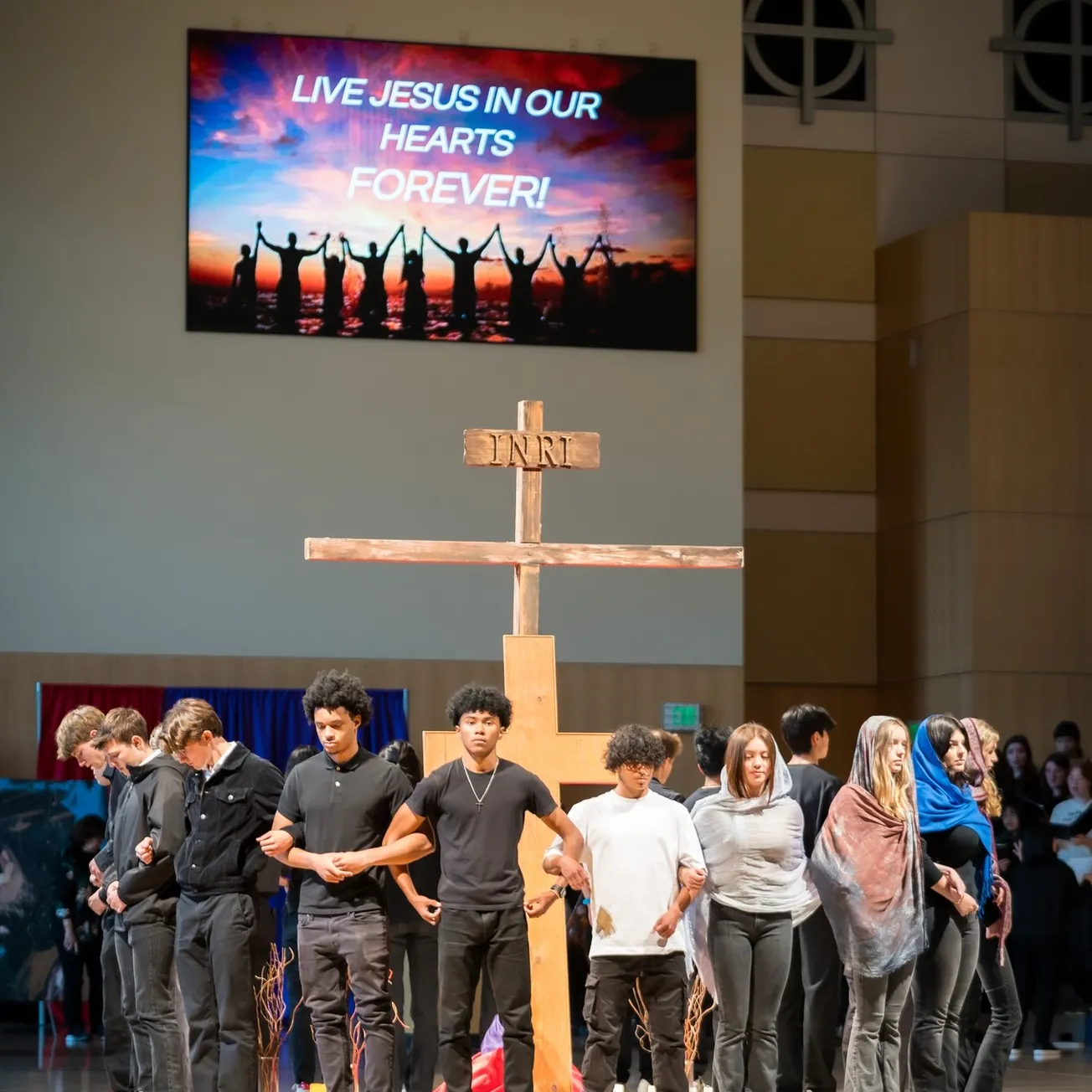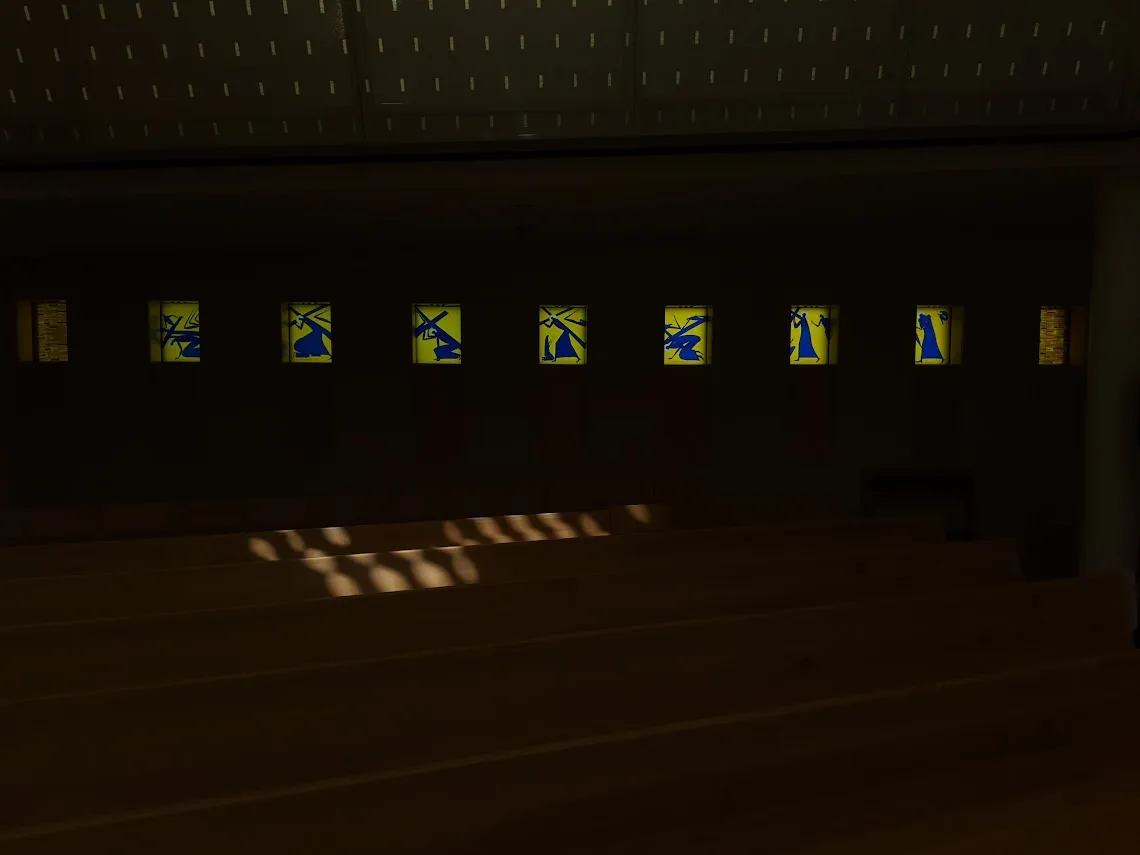I shifted my leg as I impatiently waited for my turn in the confessional. The sounds of chants and speeches from a protest in the streets of Akron, Ohio filtered through the slightly cracked windows of the majestic church.
A middle-aged man entered through the side door and quickly made his way to the confession line. He approached me instead of going to the back of the line.
“Do you know what they’re protesting about?” He asked gruffly.
I pondered a moment before answering. I was confused why he chose me out of everyone in the line to ask.
“A young man named Jayland Walker was killed by the Akron police after being shot forty-six times.”
“Oh wow!” The man replied in a surprised voice. “Why did they shoot him?”
“He was in a long, high-speed car chase. The victim allegedly shot a bullet out of his car window during the chase.”
“Exactly!” The man erupted. “The people and the media outside do not want to talk about those facts.”
I pressed my lips together as the man stormed off to go to the back of the line.
I believe the man chose to question me or rather lecture me because I was the only person of color. This incident made me reflect on the purpose of his confronting me. Was he trying to be a healer of the traumatic event, or a divider?
Racism can tend to be a divisive topic in our society. The trauma and history of it have deeply scarred people emotionally, economically, and otherwise. I think the reason we can find the topic divisive is that we are not approaching it as Godly healers.
We want to lay our opinions onto the premise of Christian principles, instead of implementing an untainted deep dive. At times we may even offer and practice solutions that offer no real resolution. Our intellectual understanding of what needs to happen does not intersect with our hearts.
A related situation occurred in the life of Jesus. To give context to the story, from the Gospel of Matthew, Jesus was ministering at the time in the area of Tyre and Sidon. This was not Jewish land inhabited by Israelites, but was instead occupied by Gentiles. More specifically, they were long-time enemies of Israel and were often of mixed ethnicity, of Greek, Syrian, or Roman stock.
A Gentile woman who lived there came to him, pleading, “Have mercy on me, O Lord, Son of David! For my daughter is possessed by a demon that torments her severely.”
But Jesus gave her no reply, not even a word. Then his disciples urged him to send her away. “Tell her to go away,” they said. “She is bothering us with all her begging.”
Then Jesus said to the woman, “I was sent only to help God’s lost sheep—the people of Israel.”
But she came and worshiped him, pleading again, “Lord, help me!”
Jesus responded, “It isn’t right to take food from the children and throw it to the dogs.”
She replied, “That’s true, Lord, but even dogs are allowed to eat the scraps that fall beneath their masters’ table.”
“Dear woman,” Jesus said to her, “your faith is great. Your request is granted.” And her daughter was instantly healed.
(Matthew 15:21-28)
Imagine yourself in the sandals of the Canaanite woman. She approached Jesus, a stranger in her land, and humbly accepted that he was the Messiah—despite their differing backgrounds. Her motivation was not self-interest, but rather the desire to obtain healing for her daughter. Her actions demonstrate a willingness to transcend ethnic and religious boundaries in pursuit of healing and unity.
Jesus initially did not answer her. This could have discouraged her, just like it discourages many of us. She could have gotten angry and said he was like every other Jew she’d met. However, she humbled herself even more and knelt before Christ to beg for help.

Now think of Jesus. He had probably traveled to this area in secret to meet the Canaanite woman, because the gospels do not mention any other miracles performed by him during this trip. Jesus’ words and behavior may even come across as unfriendly, but it's important to remember that Jesus was fully aware of his primary mission: to save the lost sheep of Israel.
Despite that fact, at his feet a woman from outside of the covenant worshiped and pleaded. Jesus did not have to heal her daughter, but he loved her as much as he loved every other lost sheep. Jesus loved her as infinitely as he loves us.
Even so, Jesus tested the faith of the woman. “It is not right to take the children’s bread and toss it to the dogs,” he said, employing a vulgar image. In this statement, Jesus stood firmly in his cultural beliefs and the purpose of his mission.
The woman responded wisely, implying that the healing that Jesus offers—both physical and spiritual—has the power to transform everyone, from all backgrounds. The Canaanite, through her humility, did not take offense from Jesus' words. Christ meant no division or belittling in his words.
We might feel like Jesus in that particular moment when we face the issue of racism. We may think fighting racism is not our mission. Perhaps we do not feel called to join protests, or to hold or participate in seminars. However, when we encounter racism and injustices firsthand, we are called, like Jesus, to act as healers. We are asked to step out of our comfort zone rather than add to the confusion or be passive.
We can foster healing by maintaining humility and actively listening, trying to understand others’ perspectives and experiences. Sometimes, simply listening can be enough to help, but at other times, we may need to take more direct action, such as boldly addressing injustices. As Catholics, the greatest impact we can make on the world is through the example of our lives, treating all people as children of God and demonstrating love in all we do.
Prayer is another powerful tool. As racism is a complex and significant issue, it requires dedicated and persistent communication with God. The Canaanite woman pleaded through prayer for the healing of her daughter. She did not pray once, but many times, and even stood her ground with the Son of God when rebuffed. Are we as persistent in our prayer to obtain healing for racism?
The Black community in America is pleading, like the Canaanite woman, for healing from racism. It may seem like Christ is not answering our plea, but he is sitting in front of us, perhaps testing us to see if we actually have true faith in him to heal it. Christ also wants us to reflect on what we want to bring out of this healing. Is our ultimate desire to create a better Heaven on earth that can be experienced by every race and person?
Christ's mission on earth was to bring healing to His people, but His ultimate goal was to transform the entire world, starting with Israel. Racism seeks to divide and exclude individuals on earth, but in God's eternal kingdom, we will be united.
I invite you to join me in praying for this issue with the words of Christ: “Our Father, who art in Heaven, hallowed be Thy name. Thy kingdom come, Thy will be done, on earth as it is in Heaven.”
Joseph Peach is a Catholic author, freelance writer, and speaker. He serves as a missionary for Vagabond Missions in Indianapolis, Indiana and has published six books.











